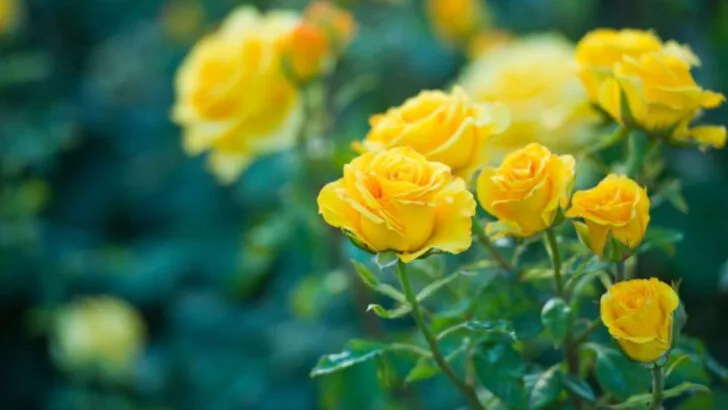For centuries, roses have inspired poets, painters, and gardeners alike—but with all that admiration comes a fair share of misinformation. From the belief that roses are “fussy” to the myth that they can’t thrive without constant pruning or chemical sprays, these persistent ideas often keep people from growing one of the most rewarding plants out there. The truth? Many of these so-called rules are flat-out wrong—or at least badly outdated.
Modern rose varieties are hardier, more disease-resistant, and lower maintenance than ever before. And with the right knowledge, even beginners can grow roses that bloom for months, attract pollinators, and fill the garden with incredible fragrance. But first, we need to separate the facts from the fiction—and stop wasting time and money on things roses don’t actually need.
In this article, we’re debunking 17 of the most common rose gardening myths—from watering habits to soil needs, sun exposure, and more. Whether you’re a lifelong rosarian or a curious first-timer, these truths will change the way you think about roses—and may even convince you to add more to your garden this season.
Myth 1: Roses are High Maintenance
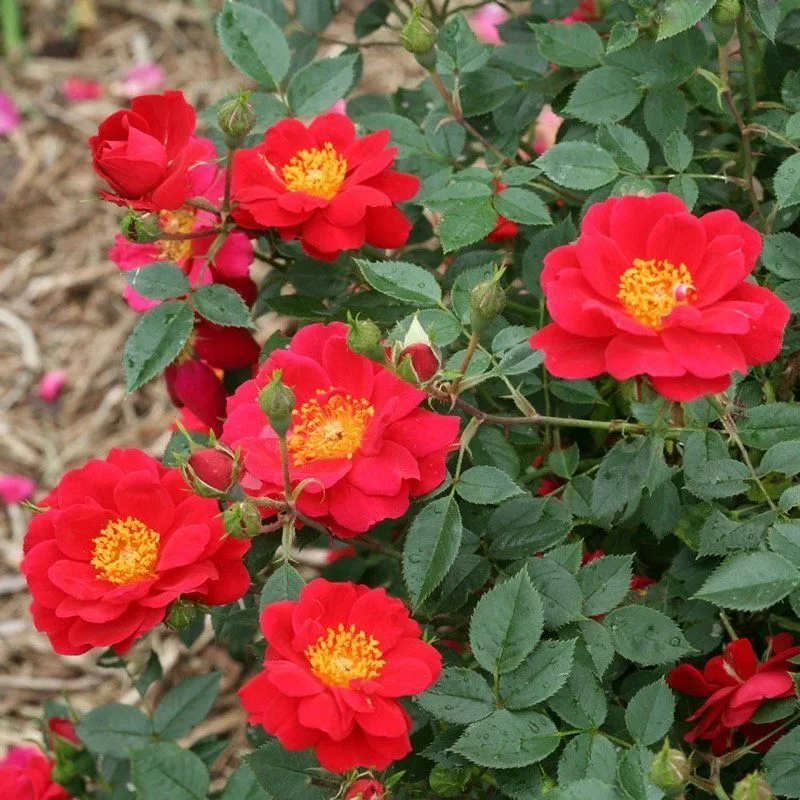
The reputation of roses as high-maintenance plants often deters new gardeners. However, modern varieties are more resilient and easier to care for than ever before. With disease-resistant breeds, there’s no need for excessive spraying or pampering.
A simple routine of watering, mulching, and occasional feeding can keep roses thriving. Many gardeners are pleasantly surprised at how little effort is needed, especially with proper plant selection. Embrace the new wave of low-maintenance rose gardening, and enjoy the beauty without the fuss.
Myth 2: Roses Can’t Survive the Winter
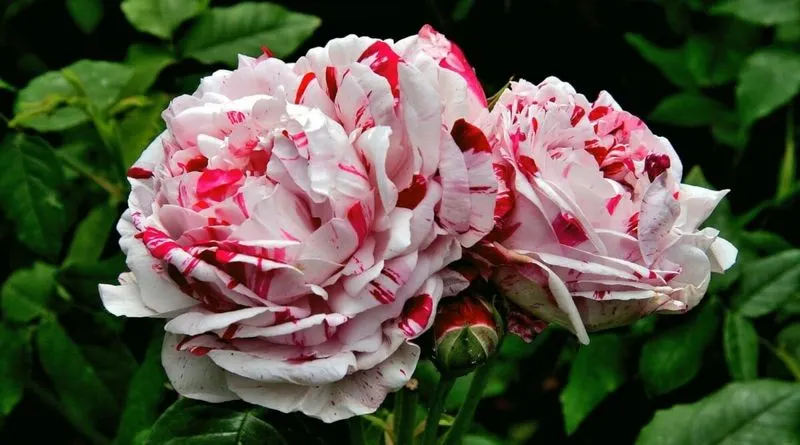
Winter survival is a common concern for rose growers. Yet, many rose varieties are hardy and can withstand harsh winters with minimal protection. Techniques like mulching or using rose cones provide adequate insulation.
Roses enter a dormant state, conserving energy until spring. By choosing the right varieties, gardeners in cold climates can enjoy roses year after year. Winter worries shouldn’t overshadow the joy of growing these resilient beauties.
Myth 3: You Must Prune Roses in Spring Only
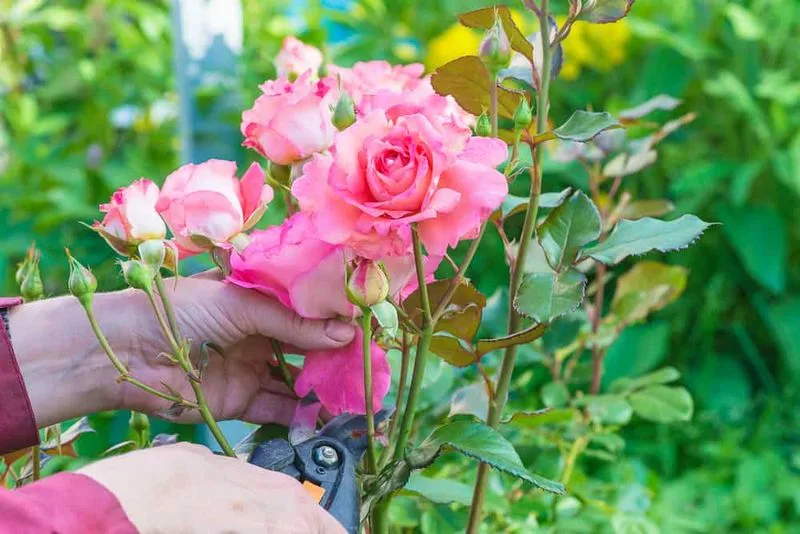
Spring pruning is often touted as crucial for rose health, but it’s not the only option. Depending on the climate and rose type, pruning can be done in autumn or even winter.
Understanding the growth cycle of your roses allows for flexibility. Pruning is about shaping and removing deadwood, which can be done when convenient for the gardener. The key is to avoid pruning during the blooming period, ensuring roses remain healthy and vibrant.
Myth 4: Roses Need Full Sun All Day
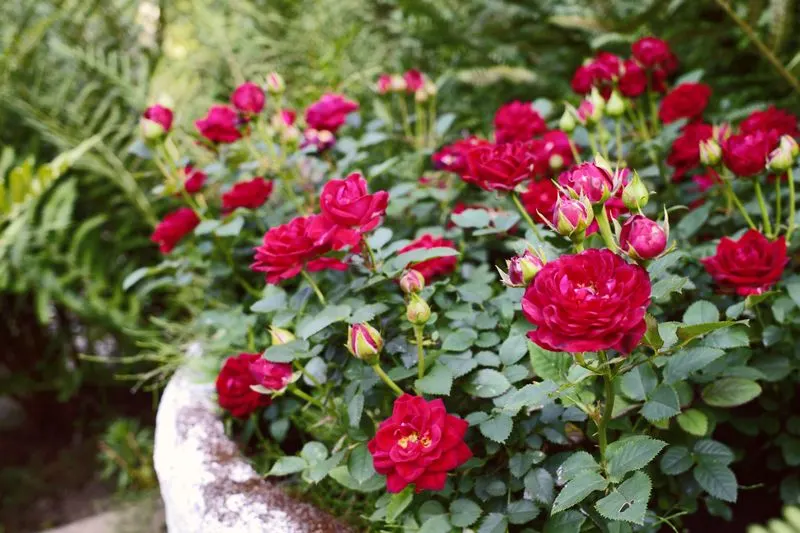
While roses do love sunlight, they don’t require full sun exposure all day to thrive. Many varieties bloom beautifully even in partial shade.
The key is balancing sun exposure, as too much can stress the plant, while too little reduces flowering. Observing how your roses respond to their environment can help find the perfect spot. Partial shade can sometimes enhance colors and prolong blooming periods, offering a delightful garden experience.
Myth 5: Deadheading is Always Necessary
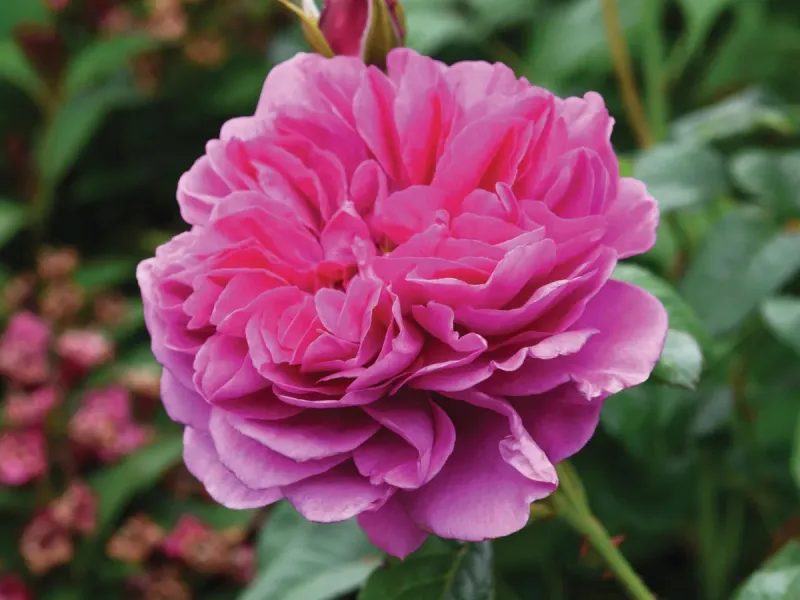
Deadheading, or removing spent blooms, is commonly practiced to encourage more flowers. However, it’s not always essential. Some rose varieties naturally drop old blooms and continue flowering without intervention.
For those who enjoy a more natural look, leaving spent flowers can allow for the formation of rose hips, adding winter interest. The choice to deadhead ultimately depends on the gardener’s aesthetic preference and the rose type. Nature often finds its balance without human interference.
Myth 6: Roses Must Be Planted Alone
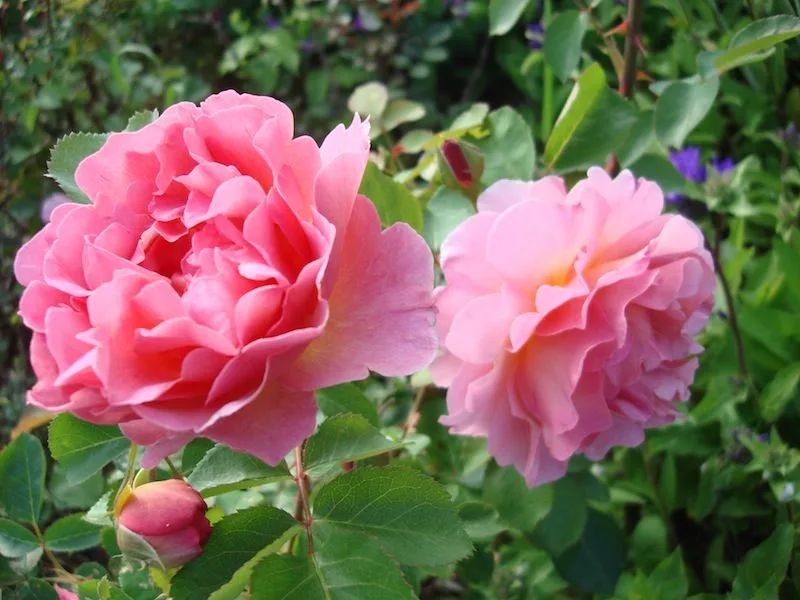
Roses are often seen as solitary plants, but they can thrive in mixed planting schemes. Companion plants like lavender or catmint not only enhance aesthetic appeal but also improve pest control and soil health.
Diverse gardens that include roses can create a more vibrant ecosystem. The idea that roses must stand alone is outdated. Mixing plants can lead to healthier roses and a more dynamic garden environment, proving that roses can share the spotlight gracefully.
Myth 7: All Roses Have Thorns
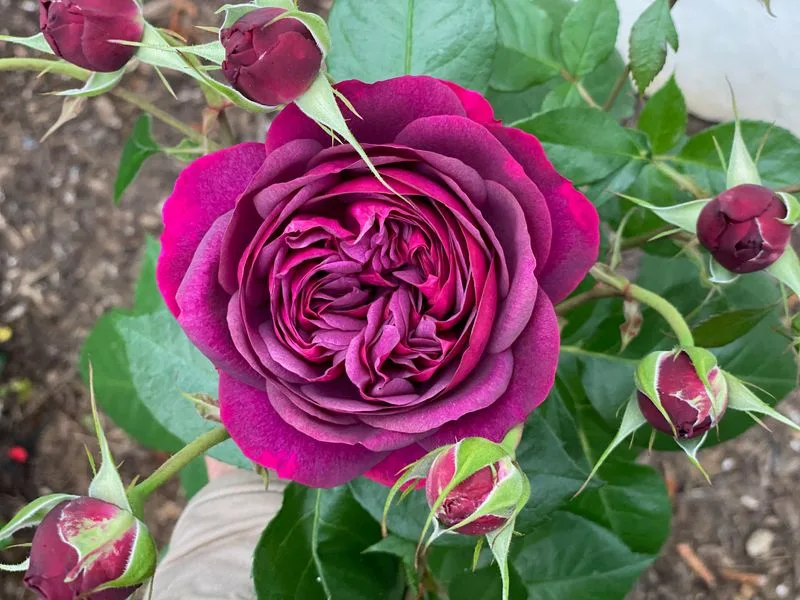
The proverbial “every rose has its thorn” is not entirely accurate. Some rose varieties are bred to be thornless or have very few thorns, making them easier to handle.
These varieties are perfect for gardens where children or pets play, offering beauty without the risk of pricks. Farmers and florists also appreciate thornless roses for their ease of use. This myth is dispelled once you explore the wide array of rose varieties available today.
Myth 8: Roses Attract Only Aphids
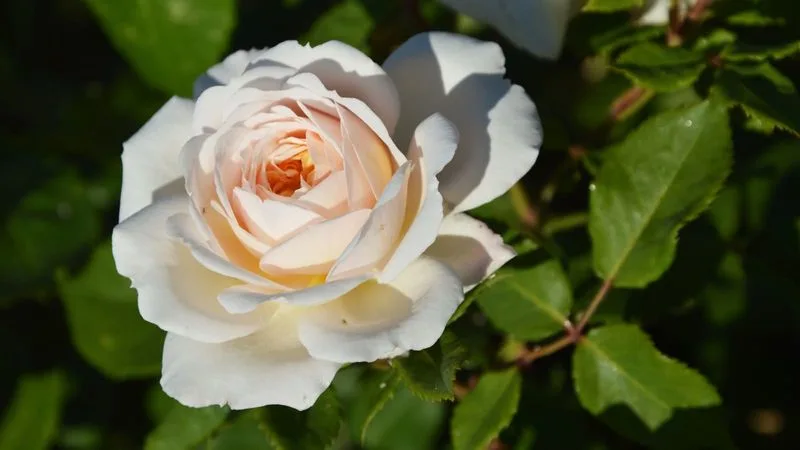
Aphids may be infamous rose pests, but they aren’t the only insects attracted to these flowers. Roses also draw beneficial insects like ladybugs and bees, creating a balanced ecosystem.
Encouraging these visitors by avoiding harsh pesticides enhances pollination and natural pest control. A thriving rose garden can be a bustling hub of biodiversity, contributing positively to the environment. The relationship between roses and insects is more nuanced than the myth suggests, offering gardeners opportunities for sustainable gardening.
Myth 9: Roses Can’t Grow in Containers
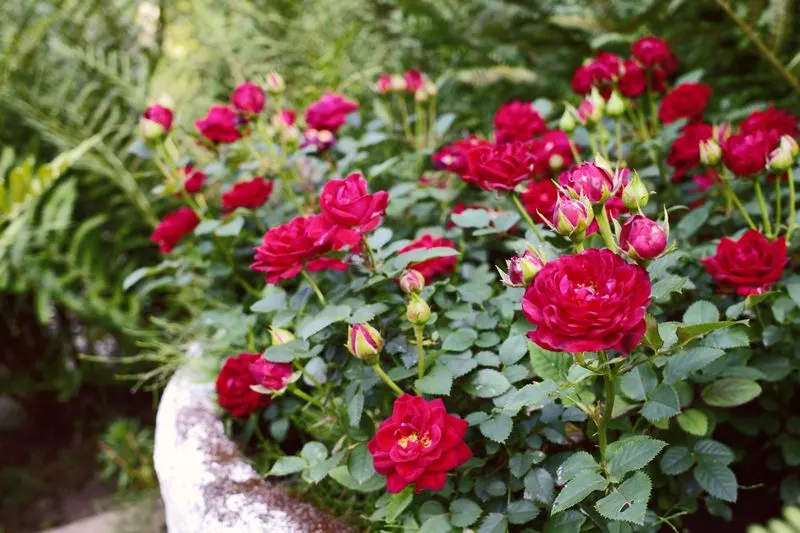
Container gardening with roses is not only possible but also increasingly popular. This method allows urban gardeners to enjoy roses without a traditional garden space.
Proper care and suitable containers enable roses to bloom beautifully on balconies or patios. Container roses need regular watering and feeding, but they offer flexibility in garden design and mobility. By choosing compact or miniature rose varieties, anyone can embrace rose gardening, regardless of their living situation.
Myth 10: Roses Require Constant Fertilization
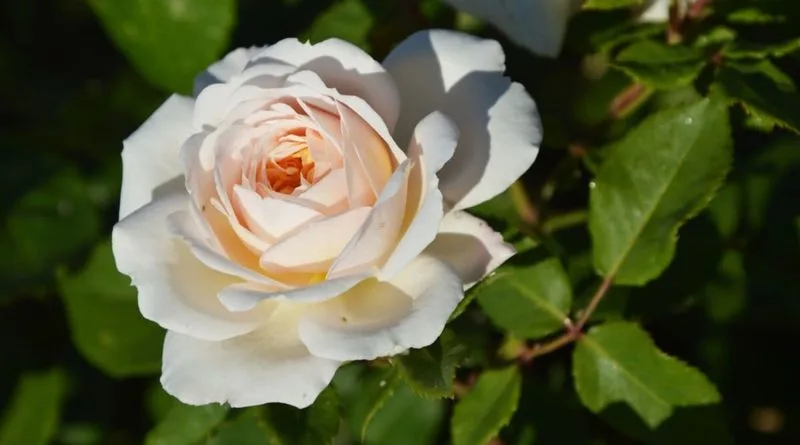
Over-fertilization can lead to lush foliage but few blooms. Many modern rose varieties thrive with minimal fertilization, relying on quality soil and organic matter.
Regular feeding isn’t necessary if the soil is rich in nutrients. Compost and mulching can provide sufficient nutrition, promoting healthy growth and flowering. This approach reduces the need for chemical fertilizers and aligns with more sustainable gardening practices. Less can indeed be more when it comes to nourishing roses.
Myth 11: Roses are All About Looks
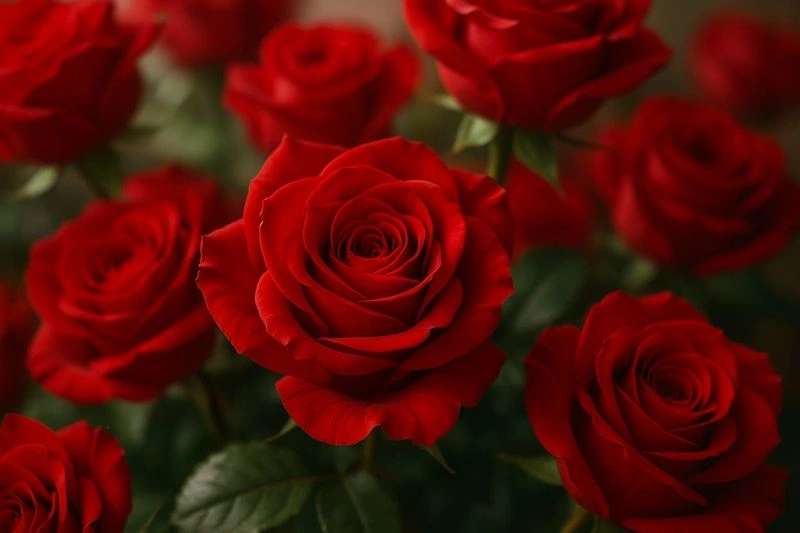
Though roses are famous for their beauty, many varieties offer delightful fragrances, enhancing sensory experiences in the garden. Additionally, they provide habitats for various wildlife.
Scented roses can evoke emotions and memories, adding another layer to gardening enjoyment. Their role in supporting biodiversity is also significant, proving that roses contribute much more than just visual appeal. The allure of roses extends beyond their looks, enriching the garden experience in multiple ways.
Myth 12: Roses Need Weekly Pesticide
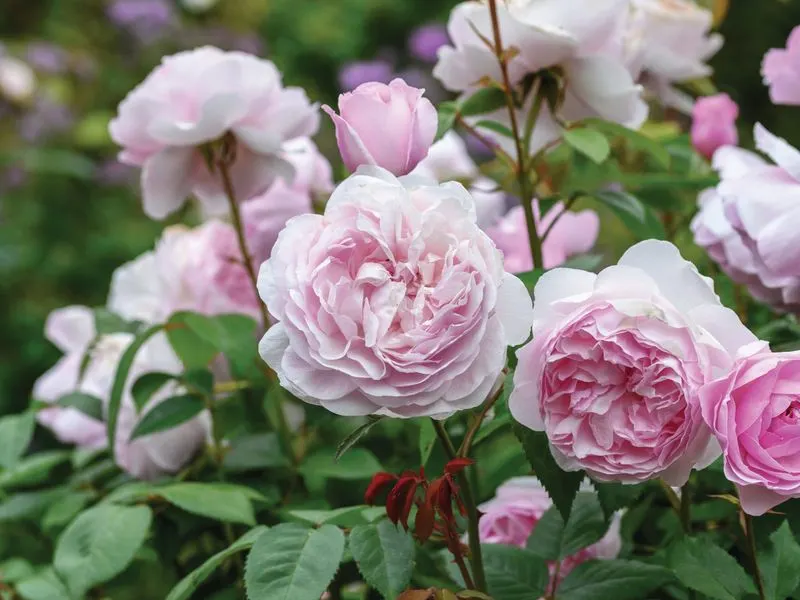
Regular pesticide use is often seen as essential for rose health. However, many gardeners successfully cultivate roses without them by leveraging eco-friendly practices.
Companion planting, natural predators, and organic alternatives promote a healthy garden environment. Reducing chemical use benefits not just the roses but the entire ecosystem. This myth is being replaced by sustainable gardening methods that protect both plants and beneficial insects.
Myth 13: All Roses are Red
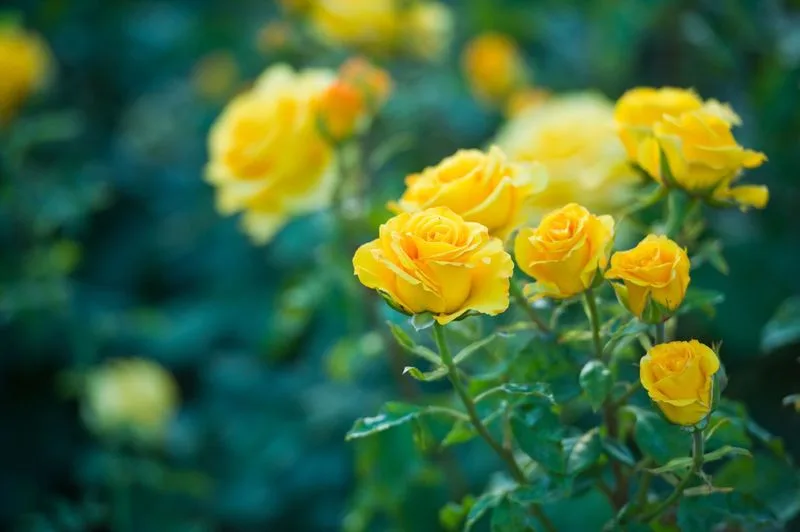
While red roses symbolize love and are iconic, roses come in a wide range of colors. From soft pastels to vibrant hues, the options are virtually limitless.
This diversity allows gardeners to create personalized landscapes that reflect their taste and style. Exploring different colors can lead to finding unique varieties that captivate the eye. Embracing the full spectrum of rose colors enriches any garden, dispelling the notion that roses are limited to just one color.
Myth 14: Roses Can’t Tolerate Heat
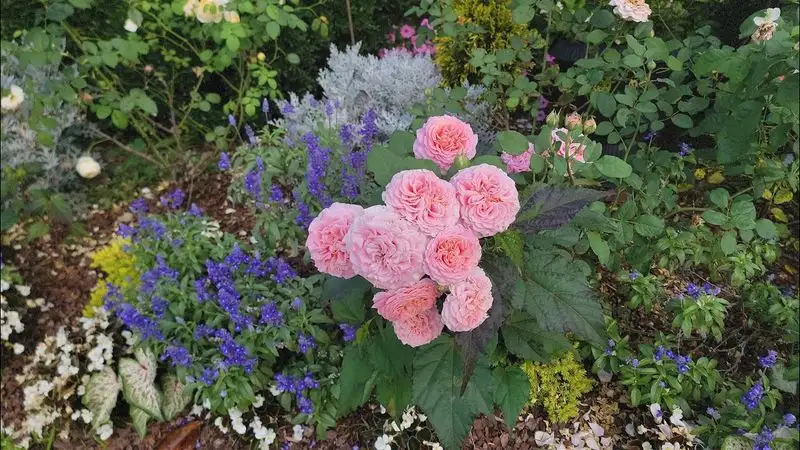
Roses are often perceived as delicate, but many varieties are bred for heat tolerance. Selecting roses suited for warmer climates ensures they flourish even in intense sun.
Proper watering and mulching help maintain moisture levels, supporting hot weather growth. Heat shouldn’t deter gardeners from enjoying roses, as understanding and adapting to climate conditions allows these flowers to shine in any environment.
Myth 15: All Roses Smell the Same
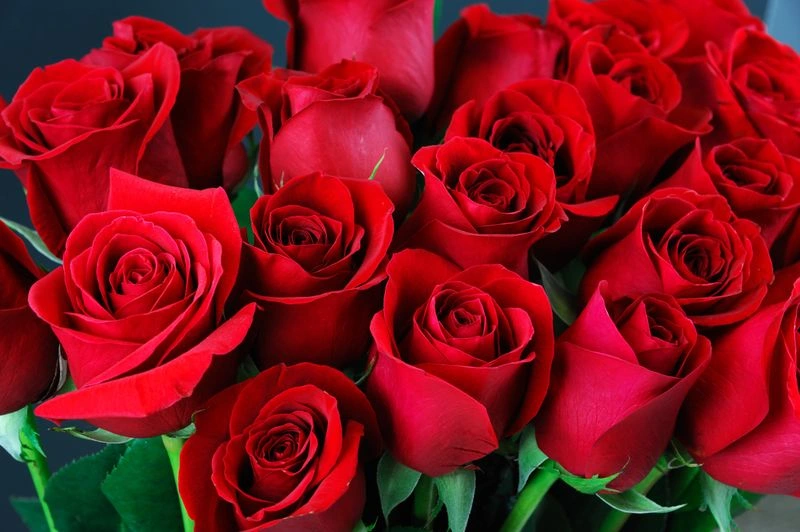
Roses offer an array of fragrances, each unique to its variety. Some may carry a citrusy zing, while others exude sweet or spicy notes.
Choosing roses based on scent can enhance the garden experience, adding a personal touch to your floral collection. This diversity in aroma invites exploration and discovery, refuting the idea that all roses smell alike. A stroll through a rose garden can be a delightful sensory journey, filled with unexpected olfactory delights.
Myth 16: Rose Care is Expensive
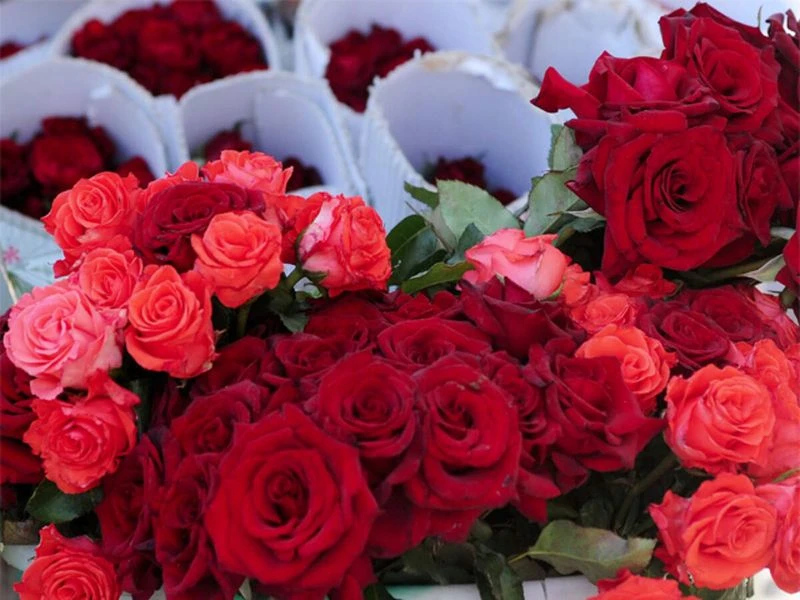
The belief that rose gardening is expensive often prevents people from pursuing this hobby. Yet, many find it accessible with cost-effective solutions.
Utilizing natural fertilizers, local varieties, and minimal tools reduces expenses. Community gardening and sharing resources can also cut costs. With strategic planning, rose care becomes affordable, allowing anyone to indulge in the pleasure of growing these timeless flowers without straining their budget.
Myth 17: Roses are for Experienced Gardeners Only
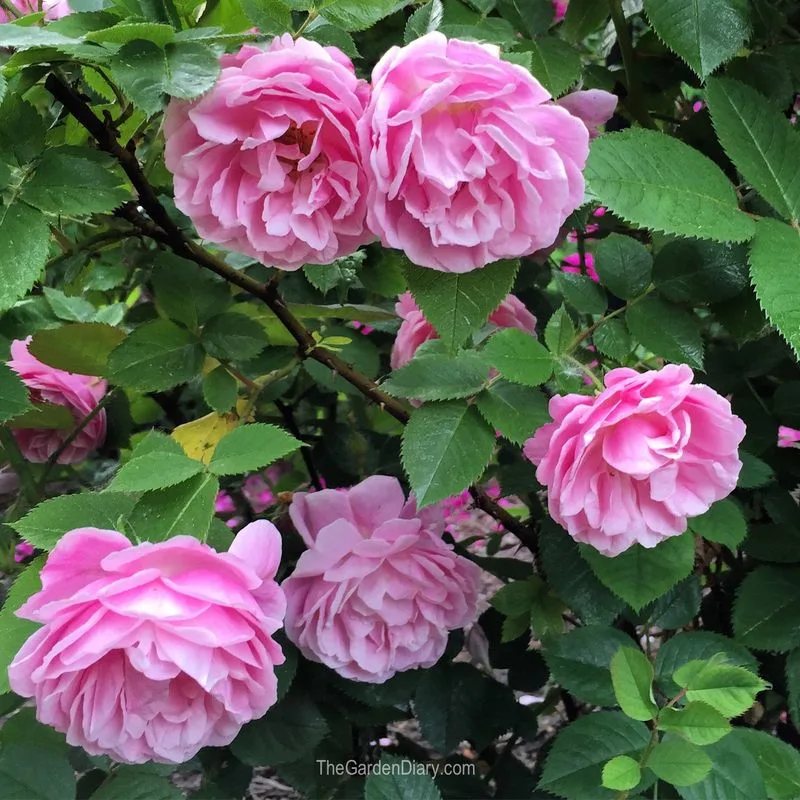
Roses have a reputation for being a challenge, often associated with seasoned gardeners. However, beginners can also enjoy growing them by choosing easy-care varieties.
Starting with hardy, disease-resistant roses simplifies the learning curve. Support from online communities and local gardening clubs can provide guidance and encouragement. The joy of growing roses shouldn’t be limited by experience level, as these flowers are accessible to all who wish to cultivate them.

